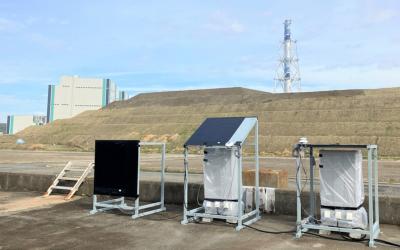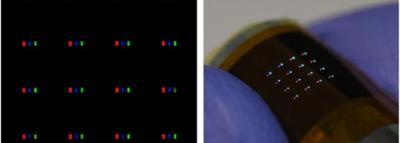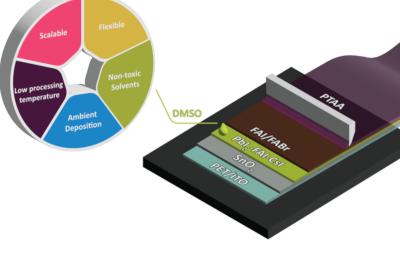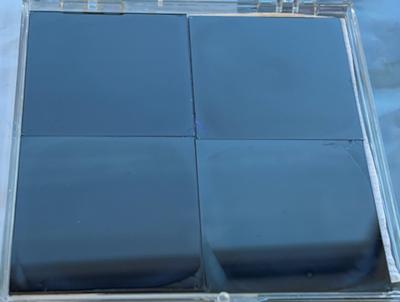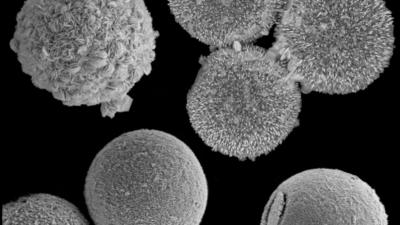SEKISUI CHEMICAL and JERA announce commencement of joint demonstration test of perovskite solar cells
SEKISUI CHEMICAL has announced that it commenced a demonstration test to install film-type perovskite solar cells at thermal power stations together with JERA on March 24, 2023.
SEKISUI CHEMICAL has created a 30 cm-wide roll-to-roll manufacturing process utilizing its original “sealing, film formation, materials and process technology,” and have confirmed 10 years equivalent of outdoor durability, which is said to be critical to the development of film-type perovskite solar cells. Furthermore, this manufacturing process has reportedly been successfully used to produce film-type perovskite solar cells with a power generation efficiency of 15%. Development is being accelerated to further improve durability and power generation efficiency, as well as to establish manufacturing technology for 1 m-wide rolls.
